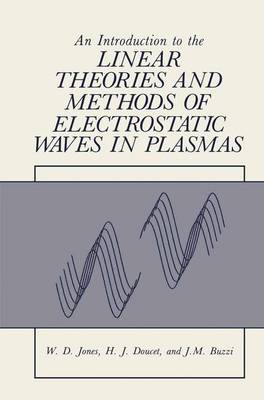Modern plasma physics, encompassing wave-particle interactions and collec tive phenomena characteristic of the collision-free nature of hot plasmas, was founded in 1946 when 1. D. Landau published his analysis of linear (small amplitude) waves in such plasmas. It was not until some ten to twenty years later, however, with impetus from the then rapidly developing controlled fusion field, that sufficient attention was devoted, in both theoretical and experimental research, to elucidate the importance and ramifications of Landau's original work. Since then, with advances in laboratory, fusion, space, and astrophysical plasma research, we have witnessed important devel opments toward the understanding of a variety of linear as well as nonlinear plasma phenomena, including plasma turbulence. Today, plasma physics stands as a well-developed discipline containing a unified body of powerful theoretical and experimental techniques and including a wide range of appli cations. As such, it is now frequently introduced in university physics and engineering curricula at the senior and first-year-graduate levels. A necessary prerequisite for all of modern plasma studies is the under standing oflinear waves in a temporally and spatially dispersive medium such as a plasma, including the kinetic (Landau) theory description of such waves. Teaching experience has usually shown that students (seniors and first-year graduates), when first exposed to the kinetic theory of plasma waves, have difficulties in dealing with the required sophistication in multidimensional complex variable (singular) integrals and transforms.
- ISBN10 1475702124
- ISBN13 9781475702125
- Publish Date 15 January 2014 (first published 1 November 1985)
- Publish Status Withdrawn
- Out of Print 18 October 2014
- Publish Country US
- Imprint Springer
- Format Paperback (US Trade)
- Pages 332
- Language English
